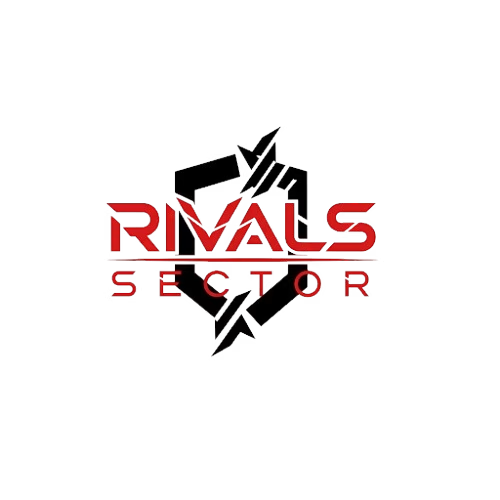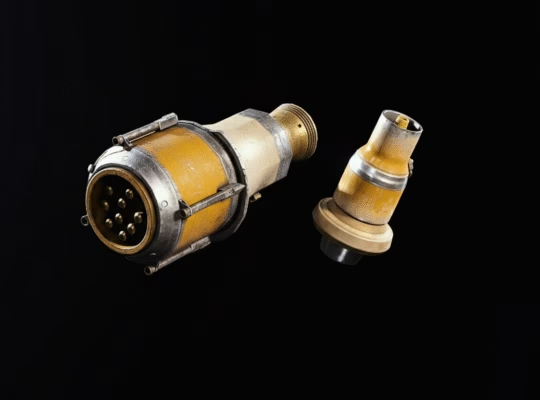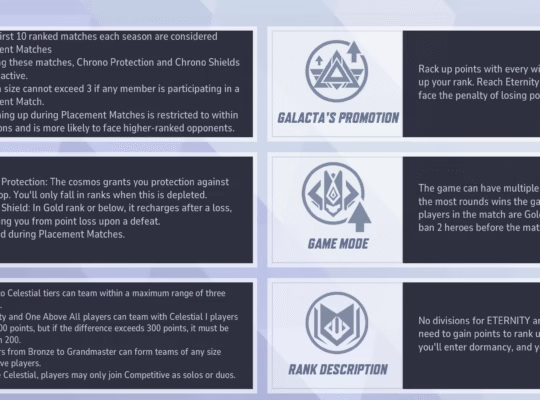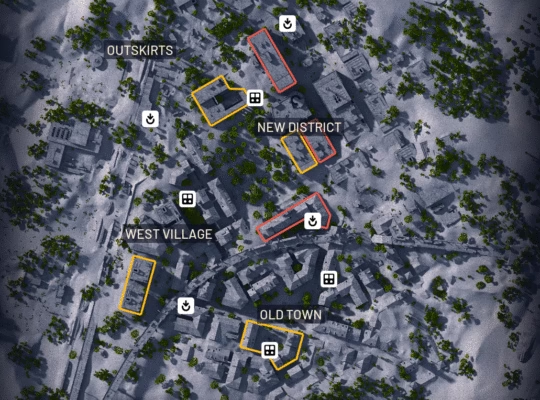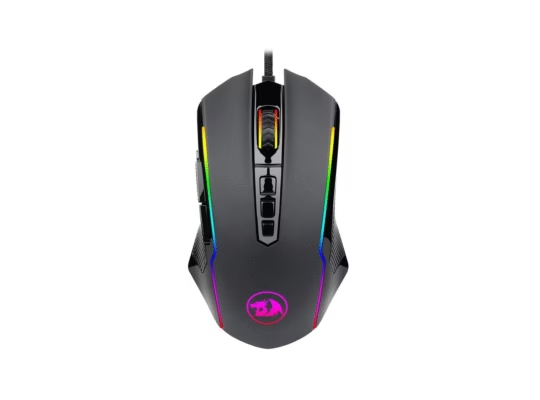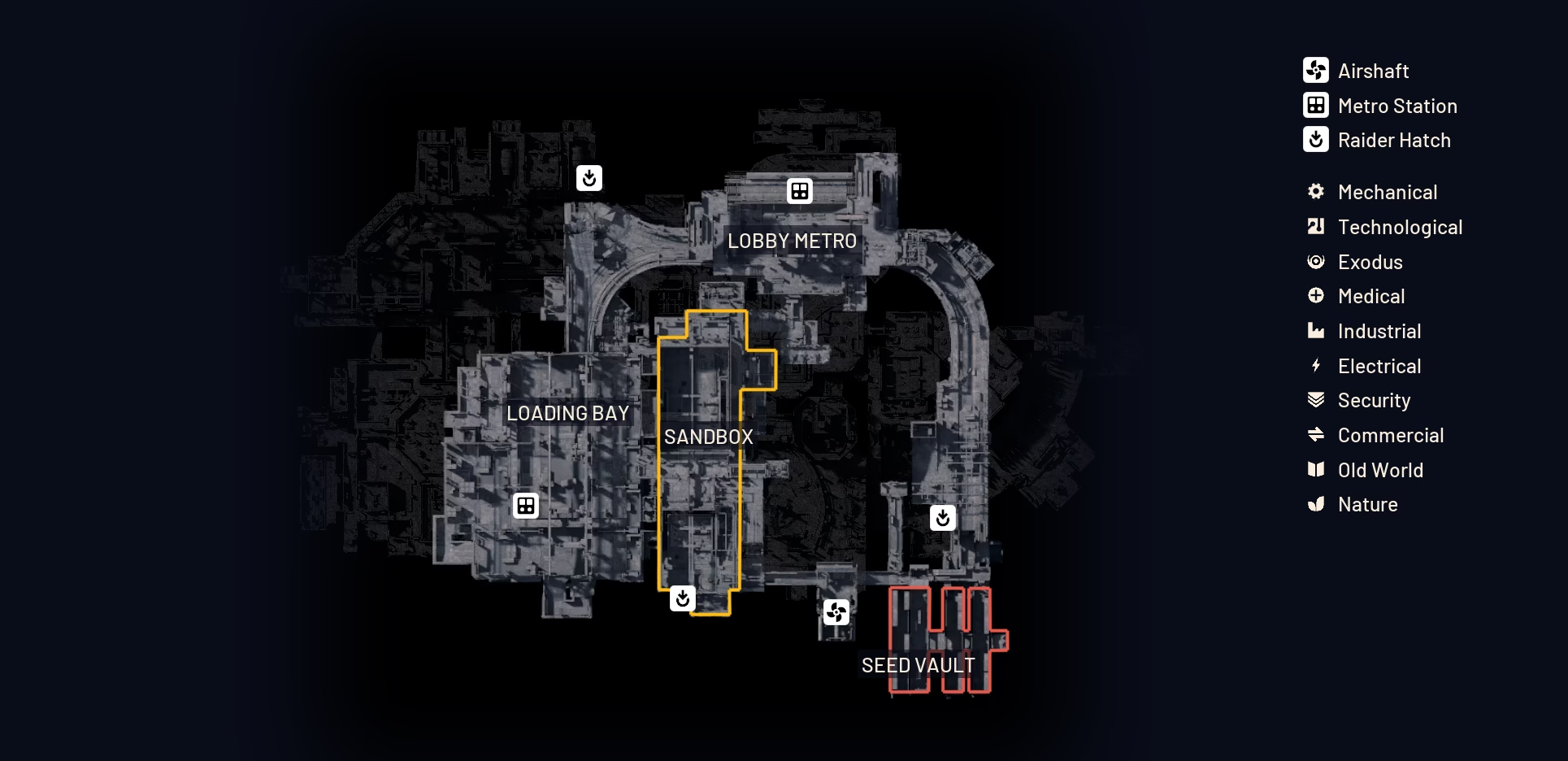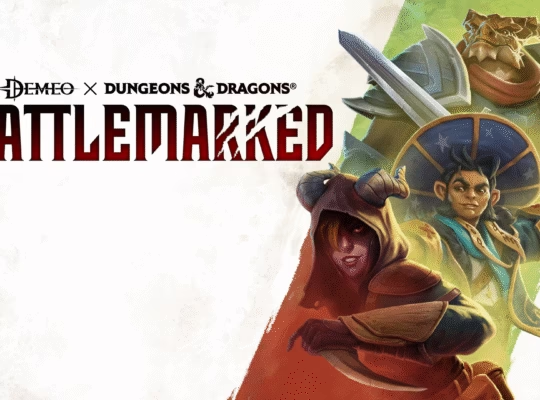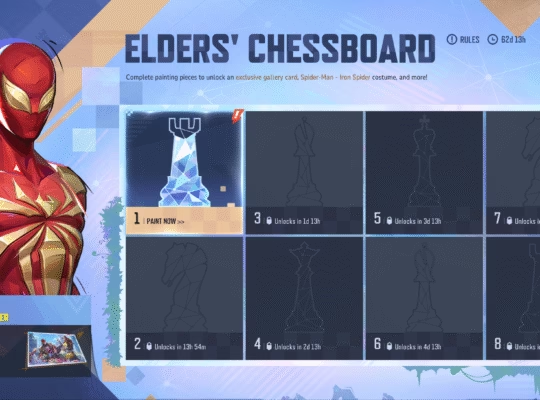Elias here from Rivalsector.com, and I can finally write the words we have all been waiting to read: cross-progression has come to Marvel Rivals. The endless speculation, the community feedback, the developer consultations, it has all led to this. The question is no longer “if,” but “how,” and the answer arrived with the Season 4.5 update on October 10.
Now, before you sprint to link your accounts, you need to know that NetEase is handling this with the care it deserves. This is not a full, wide-open release, but the strategic first phase of a larger plan. It is a massive step forward that finally breaks down the walls between our platforms. So, how does it work? Who gets in first? And what happens to your hard-earned rank? I have got the full intelligence briefing for you right here.
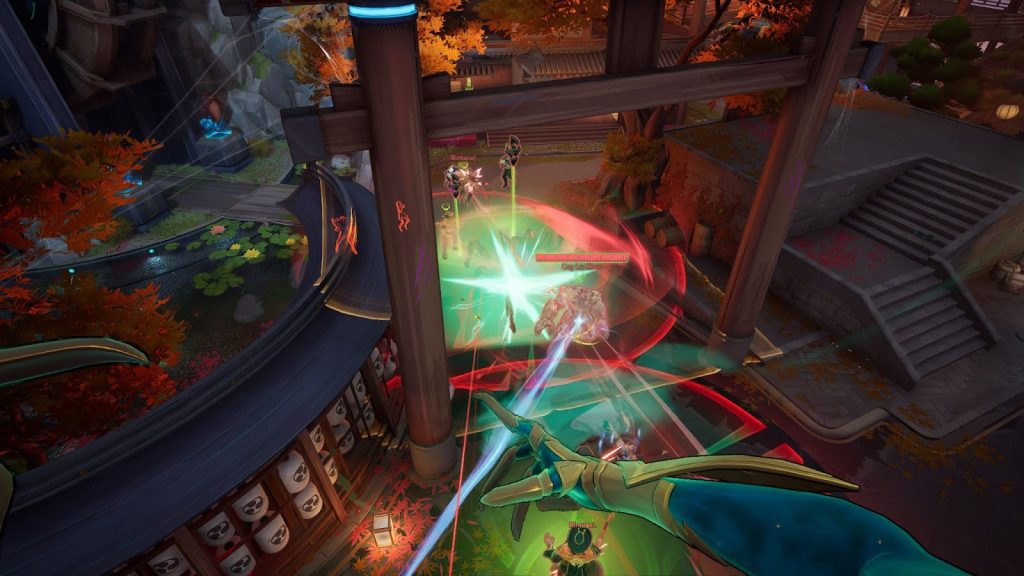
Below is a compact table that summarizes the practical status and immediate player impact, followed by a deeper look at the technical, commercial, and community factors that make cross progression complex by the opinion of Rivals Sector.
The Universal Loot Pool: What Syncs and What Stays
This is where the magic happens. A unified account means your investment in the game, both time and money, is finally centralized. NetEase has made it clear that everything you have earned or purchased to define your identity as a player will travel with you. We are talking about your entire hero roster, every single skin, emote, and cosmetic, and of course, your Battle Pass progress and currency balances.
| Progress Type | Transfers? | Notes |
| Unlocked Heroes | ✅ Yes | All heroes you have unlocked on your main account will be available on all linked platforms. |
| Cosmetics | ✅ Yes | Your entire collection of skins, emotes, and other cosmetic items will be unified. |
| Battle Pass Progress | ✅ Yes | Your current Battle Pass tier and claimed rewards will be consistent across platforms. |
| In-Game Currency | ✅ Yes | Your balance of premium and earned currencies will be merged and accessible everywhere. |
| Account Level | ✅ Yes | Your overall account level and XP will reflect your main account’s progression. |
| Competitive Rank | ❌ No | Your rank will remain separate for PC and console pools to ensure competitive integrity. |
| Leaderboard Position | ❌ No | Leaderboards will continue to be platform-specific due to separate ranking systems. |
| Battle Stats | ❌ No | Your performance statistics (K/D, win rate, etc.) will be tracked independently. |
Let’s talk about the most important items on that list: Competitive Rank, leaderboards, and stats remaining separate. This is a non-negotiable for competitive integrity… By keeping them separate, NetEase ensures that climbing the ladder remains a fair and meaningful challenge specific to your input method. It is the perfect compromise: your collection is universal, but your competitive proving ground is not.
Community Perspectives And Player Impacts
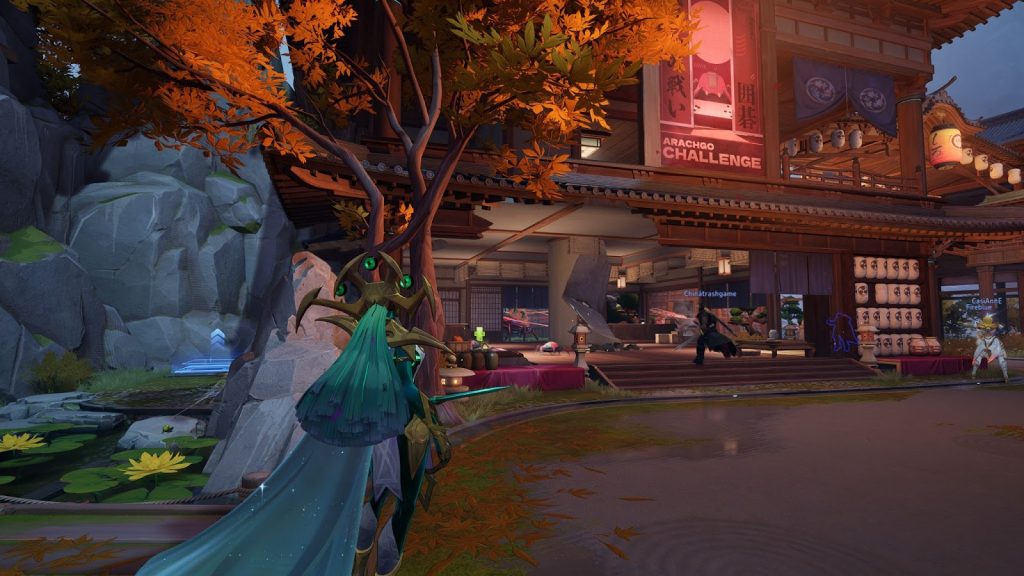
Players express a mix of frustration and measured optimism. Frustration centers on needing to repurchase cosmetics or grind twice, plus the perception that cross progression is an expectation for modern live-service games. Some players argue that missing cross progression harms retention for those who switch platforms. On the other hand, many community members appreciate that developers are engaging players about how a cross progression system should work, because the details matter – for example, whether account-linked early access bonuses or closed test rewards will be honored across platforms. Player feedback can influence prioritization, but influence is not guaranteed.
To add a structured view that complements the narrative above, here is a table that lists pragmatic pros and cons of implementing cross progression, with an emphasis on the kinds of trade-offs a development team must weigh:
| Benefit of cross progression | Possible downside or cost | Practical developer concerns |
| Better user retention for cross-platform players | Negotiation overhead with platform holders | Need legal and accounting work to ensure compliant purchase handling |
| Higher goodwill and perception of fairness | Increased anti-fraud burden | Build anti-abuse monitoring and identity linking systems |
| Fewer duplicate purchases, potential for increased long-term monetization | Complex technical migration and QA | Engineering time, rollback plans, backward compatibility |
| Easier community growth across platforms | Potential pushback from stores | Risk of contractual friction or delayed store approval |
This table is meant to add nuance – not to repeat every detail already described above – and to highlight the decision calculus rather than restate single facts.
Phase One Engaged: A Smart and Steady Rollout
Instead of flipping a giant switch and hoping for the best, NetEase is rolling this out intelligently. The Season 4.5 implementation is a limited, invite-only test flight. This is a veteran move, and frankly, it is the right one. A feature this critical, tied to our purchases and countless hours of grinding, has to be flawless.
By starting with a smaller test group, the developers can monitor the system in a live environment, catch unforeseen bugs, and ensure the account-linking process is smooth before opening the floodgates. The target for a full, public release for all players is the launch of Season 5. So, if you did not get an invite, do not worry. This initial phase is all about ensuring that when it is your turn, the system is battle-hardened and ready to go.nity speculation and pressure for the feature, but no concrete timeline has been provided by the developers since the August consultation concluded.
Broader Implications For The Game And The Market
If Marvel Rivals implements cross progression, it will align the game with rising player expectations in the hero shooter and live-service space, potentially making multi-platform players more likely to remain engaged and spend across seasons. Conversely, if cross progression remains absent long term, some players may defer purchases or split play time in ways that reduce engagement. The broader industry trend is toward central account systems and cross progression when feasible, so Marvel Rivals may be following a common but sometimes slow path. This is not simply a technical issue, it is also a commercial and community relations problem for any developer navigating platform ecosystems.
Practical Advice For Players Today
- If you play on multiple platforms, be cautious before buying time-limited cosmetics or battle passes on multiple platforms. You may not be able to transfer them.
- Participate in official developer feedback channels if you care about the feature, because direct community input sometimes helps prioritize features.
- Keep an eye on official roadmaps, patch notes, and developer Q&A sessions for concrete rollout indications.
Final Words
The launch of phased cross-progression in Season 4.5 is more than just a new feature, it is a promise fulfilled. It demonstrates that NetEase is committed to the long-term health of the game and is actively listening to its most dedicated players. For us, it means the freedom to play where we want, with whom we want, without ever leaving our progress behind.
While we eagerly await the full launch in Season 5, this is a massive victory for the community. The days of being locked into a single platform are officially numbered. The future of Marvel Rivals is unified, and it is looking brighter than ever.
What is the first cosmetic you are excited to use on a different platform? Let us know in the comments, and for continuous coverage on the road to Season 5, keep it locked on our Marvel Rivals category right here at Rivalsector.com.

